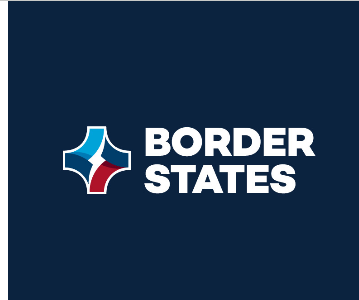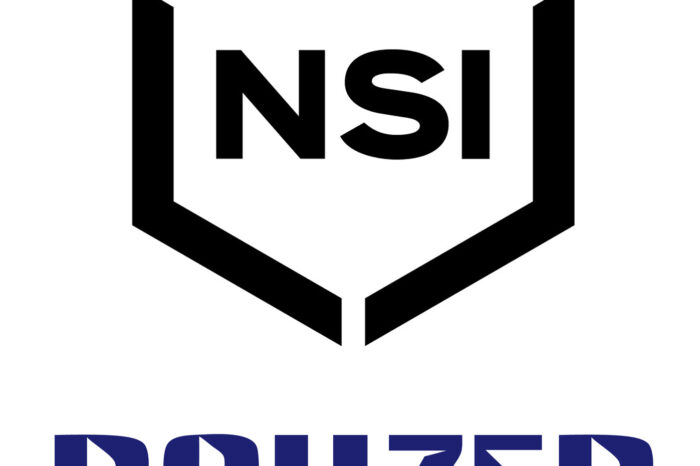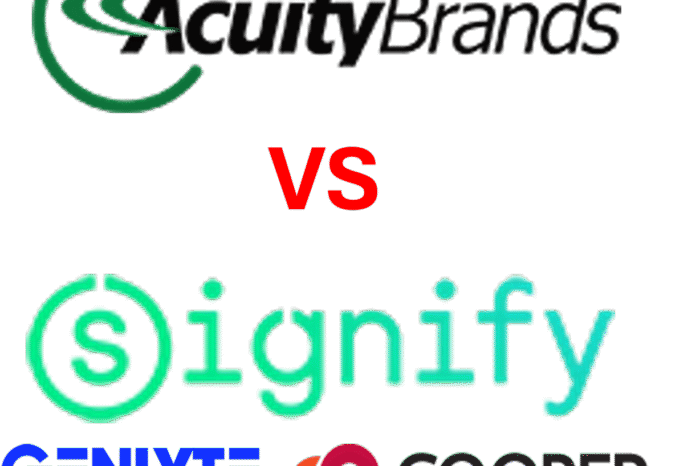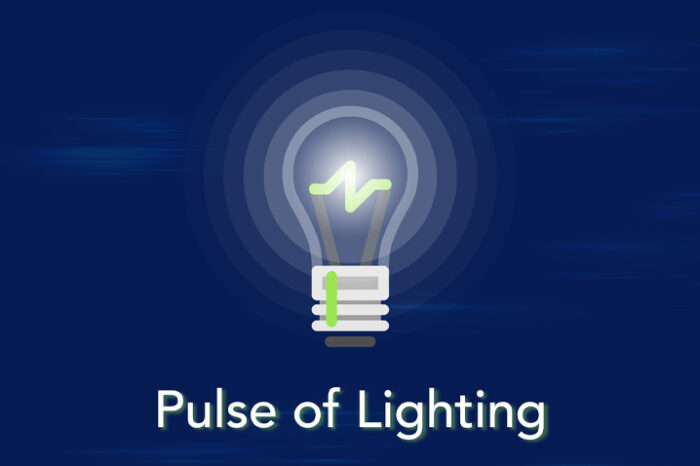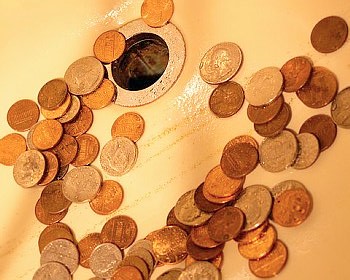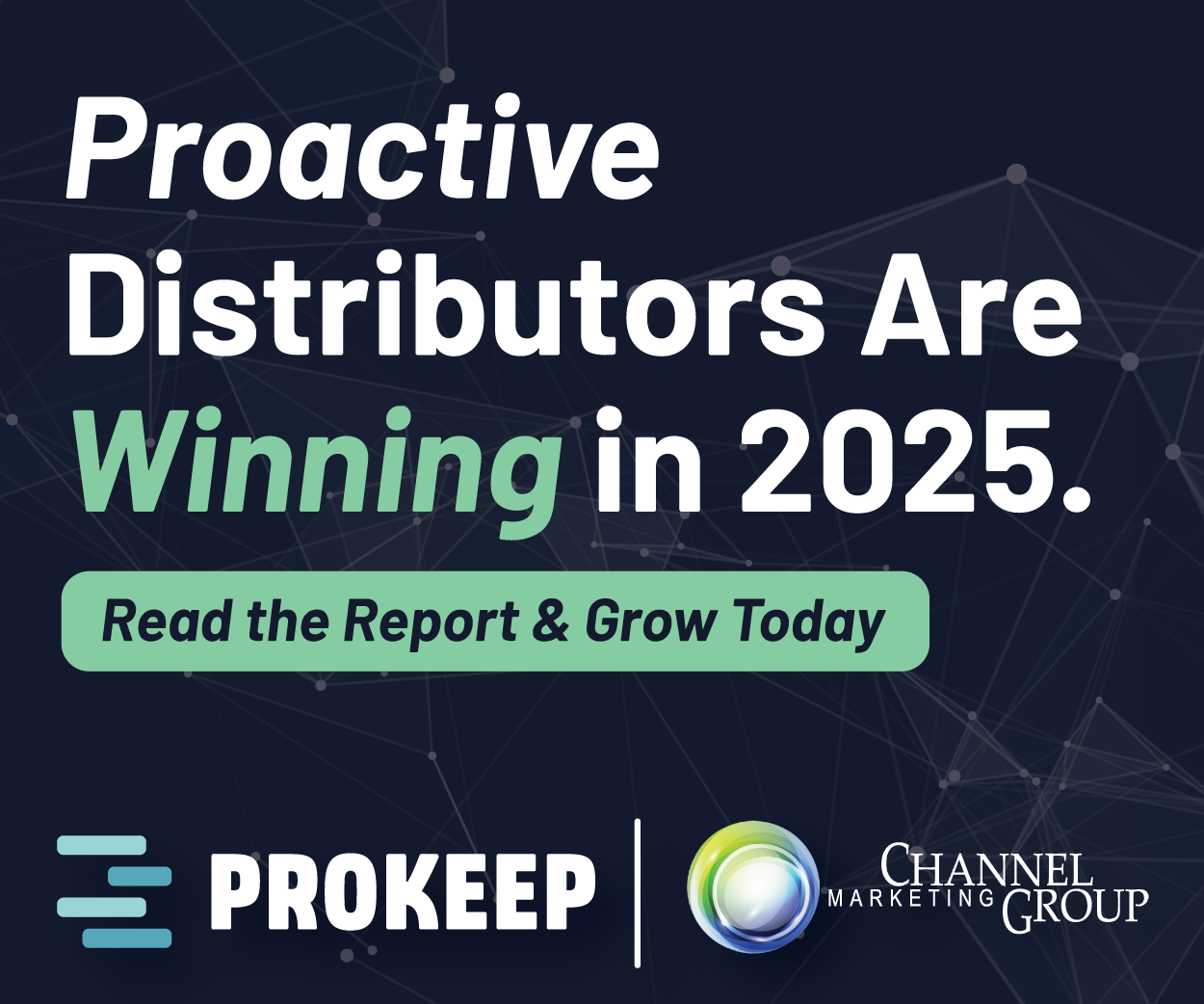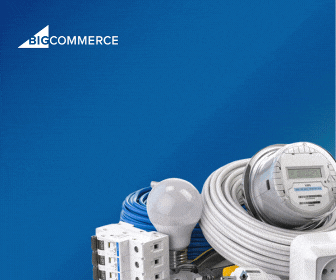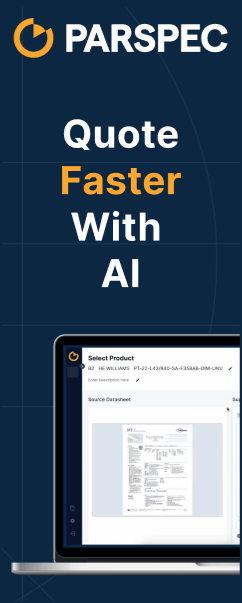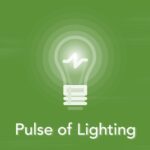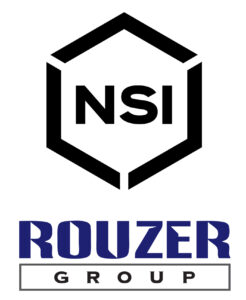Q1 Pulse of Lighting Market Slow, Uncertain. Acuity Steady
Given feedback from our Q1 Pulse of Lighting Report and Acuity’s Q2 earnings report, we can say with confidence, “the lighting market was flat last quarter with business slowing as the quarter progressed.”
The quarter was initially hit with weather and natural disasters (LA wildfires) and then received a “punch that made it wobbly” with the on / off again nature of tariff announcements, especially as they related to Canada and Mexico.
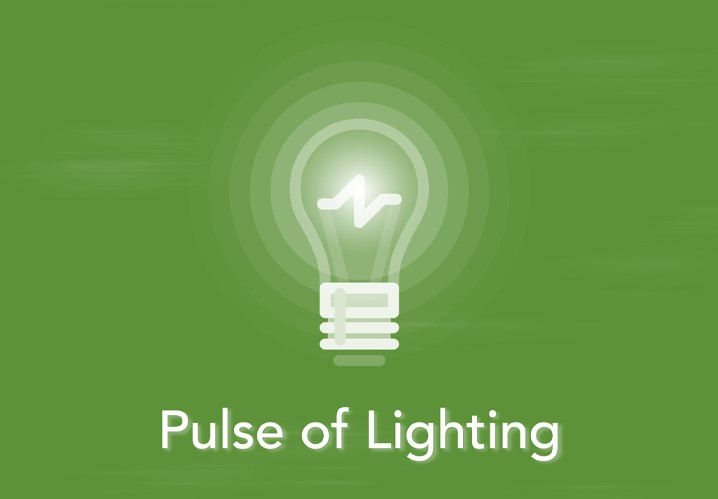 2025 Q1 Pulse of Lighting Feedback
2025 Q1 Pulse of Lighting Feedback
Feedback from our Pulse of Lighting repower included:
- Slight decline, on average, from all parties.
- While the decline is slight, in reviewing the feedback, the dispersion of responses, and other information, value-engineering / white goods / price is a predominant trend and hence it is suspected that the architectural / spec business is probably down 3-5%, perhaps a little more depending upon the company, whereas lines that are more “value-engineering-oriented” are flat to slightly up.
- And this is with a 1-2% realized price increase.
- It was shared that some projects and orders have been delayed, or cancelled, due to tariff increases and that distributors are doing much requoting (which, after the tariffs have been announced, will all need to be requoted, with some projects probably being delayed.)
- The outlook for Q2 and Q3 was cloudy, at best.
- Q2 was projected to be flat / slight decrease however, when it is reported in Q2, the comparable will be challenging as it will be tariff-influenced (price changes as well as the potential impact on demand.)
- Some distributors reported advanced buying, but the trends were not widely adopted due to the nature of lighting being very project-oriented.
- Price appears to be a major driver in the market.
- When asked about specifier sentiment over the next 6 months, there was a heightened level of concern.
- As expected, Q2 and Q3 were difficult to see with many commenting on tariffs and then they expect the market to adapt. Some believe that some of the tariffs (especially Canada and Mexico) to be negotiating tools (the survey was done prior to the concept of reciprocal tariffs and the resulting April 2nd) Most expect the market to be unsettled in Q2 and slowly get “ironed out” in Q3.
- Over 225 individuals participated in the survey.
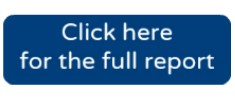 A free copy of the report was sent to survey respondents. Click here to acquire the report and see the details for only $35.
A free copy of the report was sent to survey respondents. Click here to acquire the report and see the details for only $35.
And a day or two after the report was shared with respondents, Acuity shared it’s FY2025Q2 earnings report.
 Acuity Q2 2025 Earnings (CY 2025 Q1)
Acuity Q2 2025 Earnings (CY 2025 Q1)
Evaluating Acuity’s performance has become a little more challenging given its recent acquisition of QSC and the growth of its AIS (Acuity Intelligent Spaces, formerly Intelligent Spaces Group) business, leaving ABL (Acuity Brands Lighting) as a smaller percentage, albeit the most significant, segment of the business.
So, rather than delve into all of the data, we’ll focus on what is relevant to electrical distributors, Acuity’s lighting agents, and yes, its competitors.
According to the transcript and the presentation,
- For ABL, the business is segmented as luminaries and electronics. Electronics is its drivers, lighting controls, sensors, software and similar. (This segment was touted in the report, presumably, to highlight innovation and product differentiation.)
- For AIS, which includes Atrius, Distech and QSC, Acuity phased it as “we control how a build space operates and the experiences that happen within that space. (Recently Kevin Coleman shared thoughts on Acuity and Delta Intelligent Building Technologies expansion and “connection” to the mechanical market for building automation.
- Acuity has already made one pricing announcement and inferred that there will be more as more is understood about the tariff environment.
- The $100M growth, or 11%, was driven by QSC acquisition and growth in the AIS business.
- ABL (lighting) sales were $841M, down $3M or .355%, versus 2024. (This approximates industry results from our 2025 Q1 Pulse of Lighting report.)
- Declines in retail and corporate accounts
- Had some growth in their independent sales and direct channels (which means that they outperformed overall market performance.)
- Credited their strategic price management approach for increasing operating profit.
Analyst Questions
- The first question, not surprisingly, was related to tariffs. The impact appears to be less on Acuity due to Mexico being about 50% of Acuity’s production and almost all of that USMCA compliant. (This can give Acuity the option to use this advantage to either improve margins and/or take share based upon the expected pricing power that they will have. Alternatively, for some of the other major lighting companies, to retain share they may need to be price competitive, which will hurt their profitability. During Signify’s last quarterly call, it was mentioned that much production was in China and it could take 9 months or so to move to Mexico.)
- Neil Ashe provided a very good overview of the tariff process to inform the analysts covering Acuity that the tariffs result in a cash flow issue for the company. This is a similar process for distributors where supplier bills are frequently due before customers pay them. Neil’s comments were:
- “how the tariffs actually work and how it will flow through us and frankly, everybody else. As you heard yesterday, the tariffs are immediate. In other words, they will start — we will start accruing those as an expense when the product starts to come across the border. It will take us a little bit of time, …. So, there’s a lag between the time that the price actions take effect, and the tariffs are — we are beginning to pay the tariffs. Those are balanced a little bit by what we already have in inventory in the U.S., but big picture, there is a lag between those. Finally, there is also a lag from a cash flow perspective. So those tariffs are basically due in 30 days. So, we will be paying for those faster than we will be collecting ultimately from customers. And those tariffs then need to flow through inventory as they flow through our system and to our customers. So big picture, we will be working to cover the dollar cost first that there will be a little bit of a lag in our ability to do that just because of how the channel works. And there will be some cash flow impact, as a result of the tariffs.
- Acuity has seen some uncertainty in the market in Q1 (as reported in the Q1 Pulse of Lighting Report)
- About 20% of Acuity’s manufacturing is in the US.
- The impact of price increases, based upon COVID history, is 30-90 days, depending upon the product.
- Acuity did not change their financial guidance for the year in light of the tariff announcements or recent slowdown in business.
- Neil mentioned talking to one national distributor that had already received 120 price “letters” (increases) from their manufacturers. A key to maintaining margins, as mentioned in prior articles on this, is speed of implementation (your pricing process) and then advising customers regarding SPAs and contracts. (All resulting in lost administrative and sales productivity!)
- Positioning ABL as a “data and controls company, with the luminaire business” (due to the electronics element within ABL)
Overall, an unsettled Q1 lighting market suffering from weather and tariff intrigue. While the intrigue is not settled yet, as every distributor knows, implementation of the price increases ASAP is paramount to retaining margin profitability. Now dollar profitability is another thing as this is also dependent upon demand. Capturing what is in the pipeline (projects underway) is critical and sales will need to do much communicating, purchasing will be looking for price-focused solutions to “bail out” customers, and there will be much requoting.


